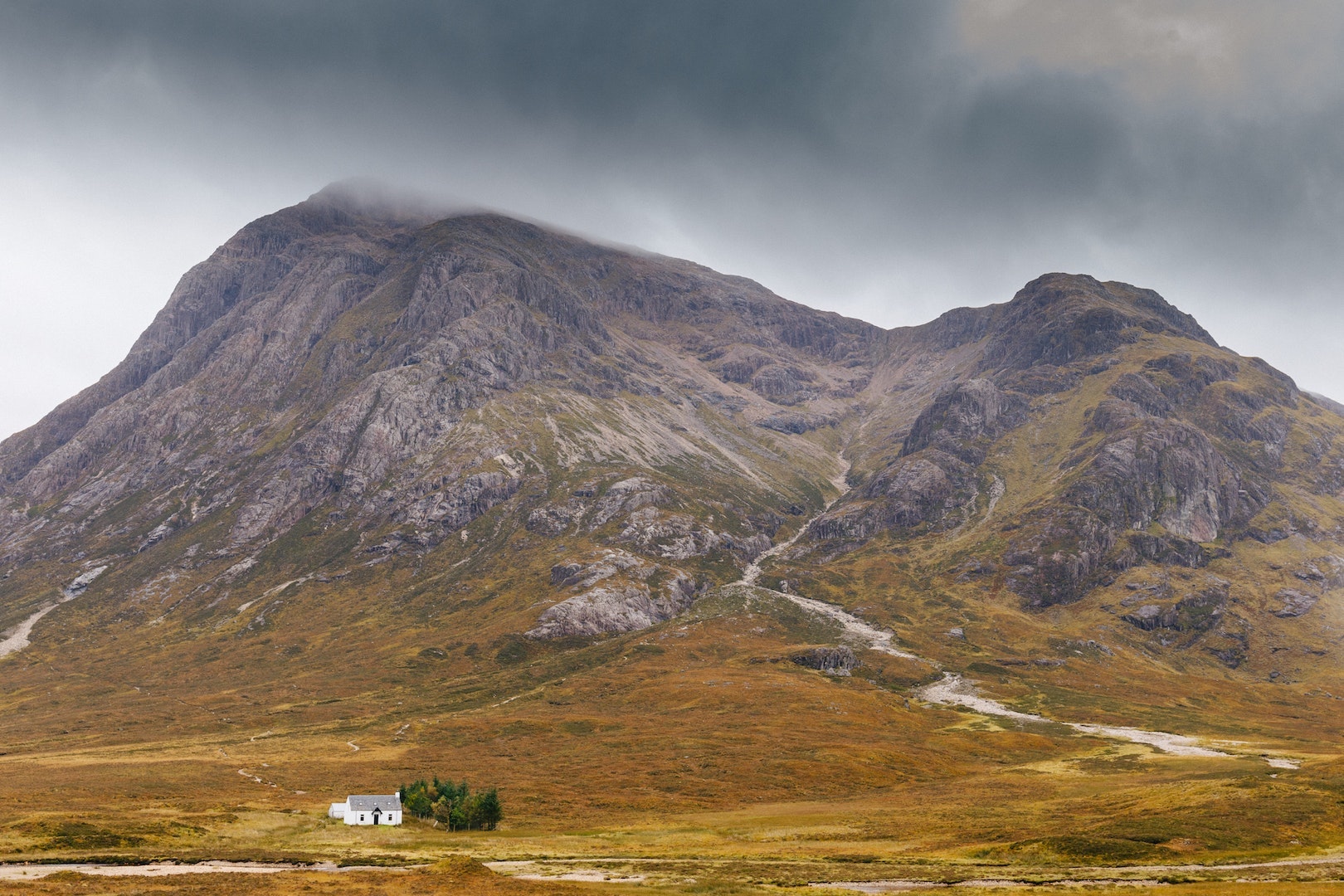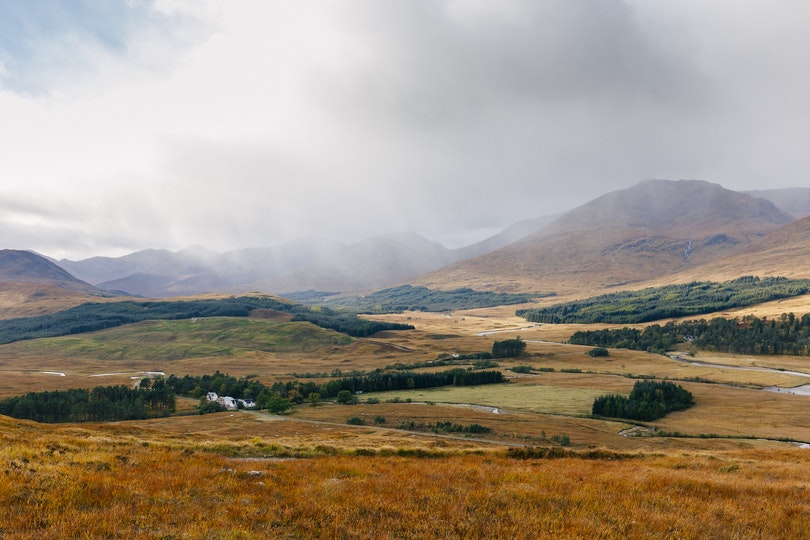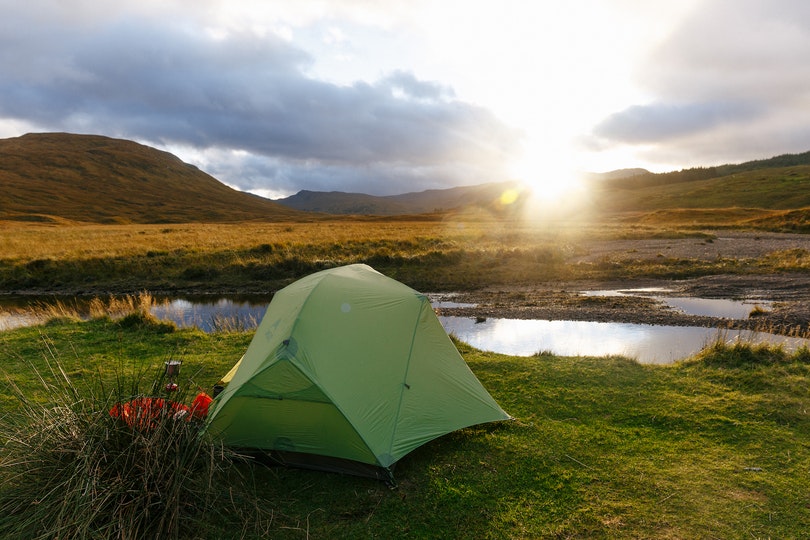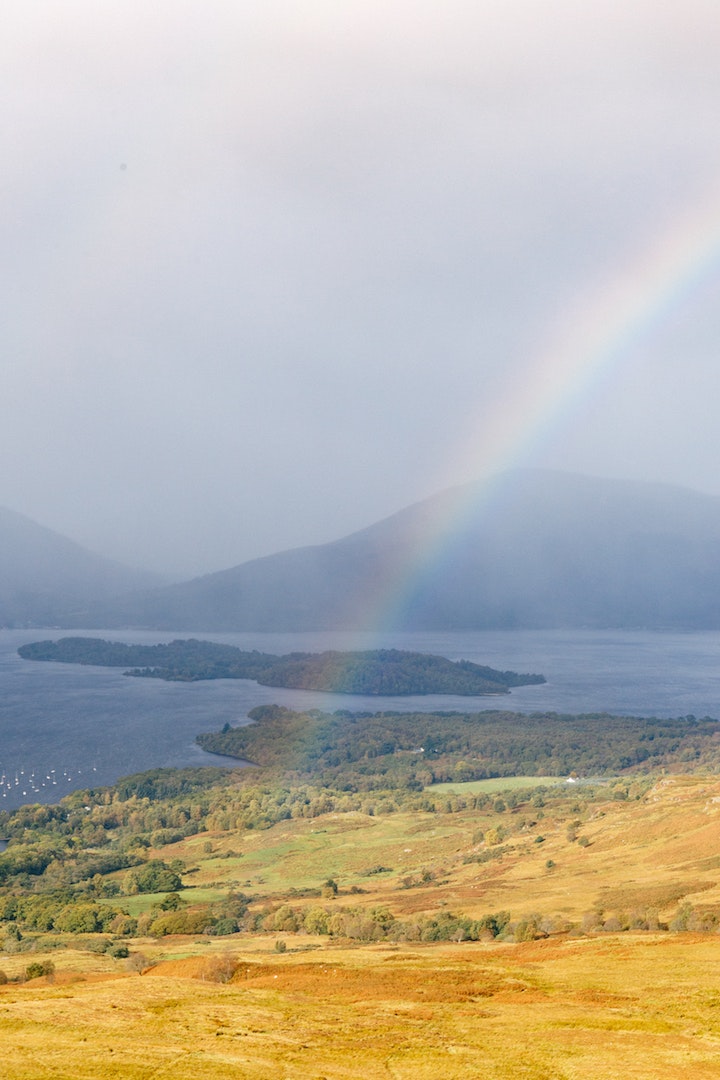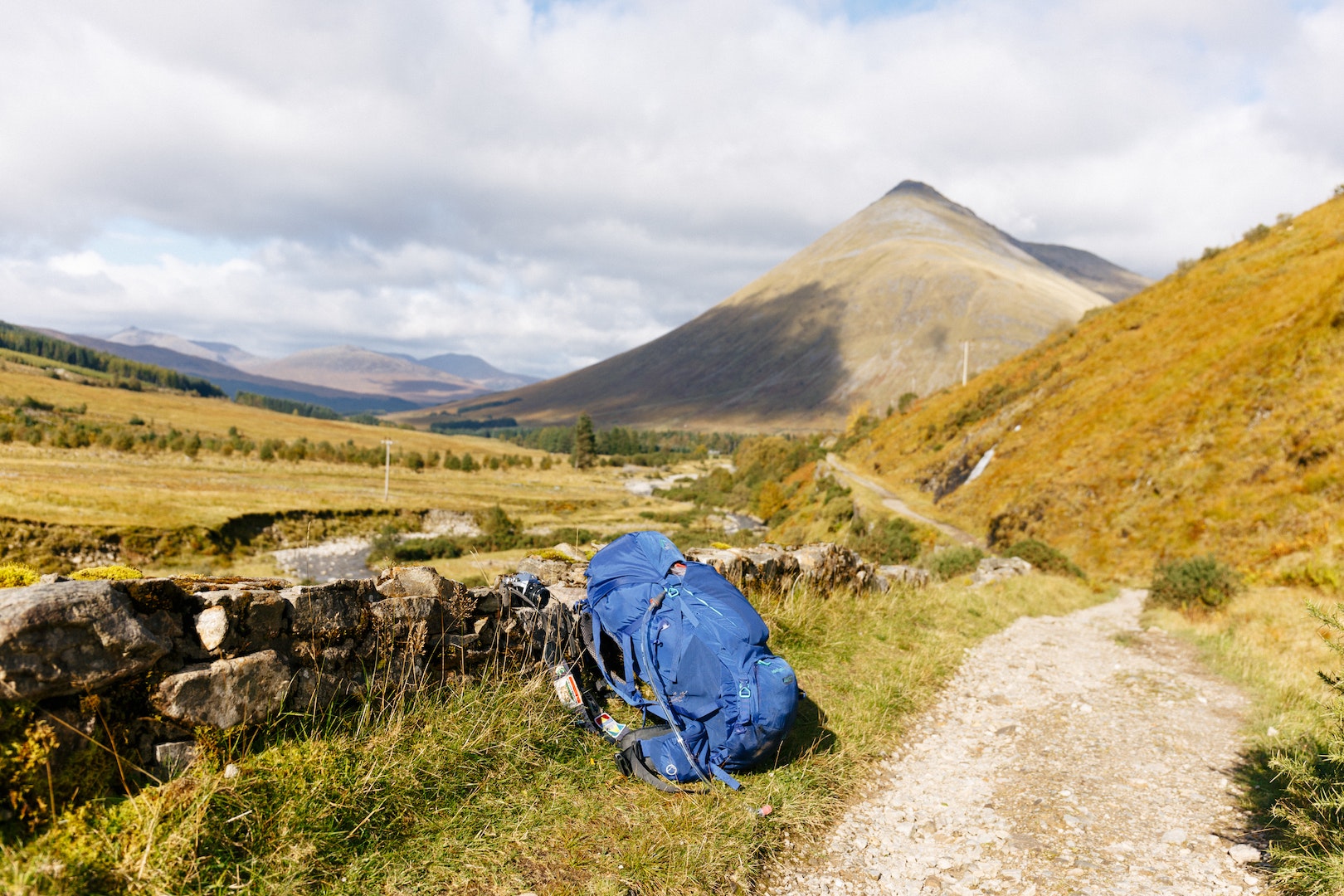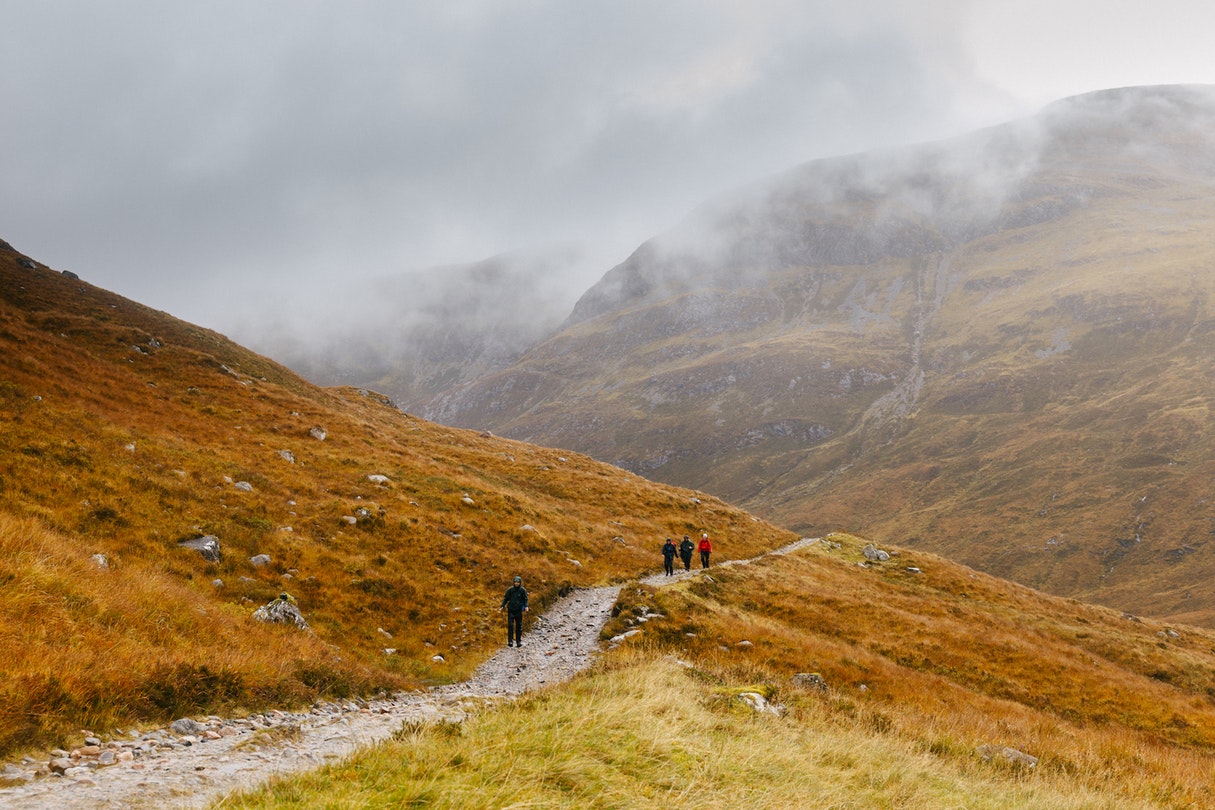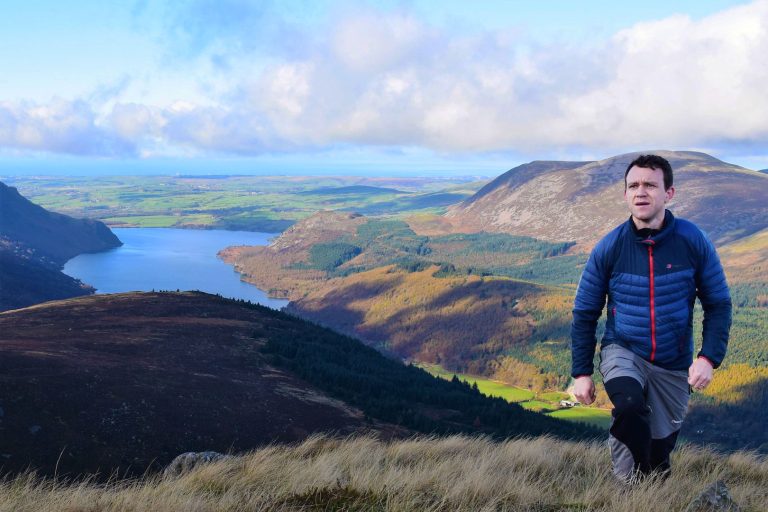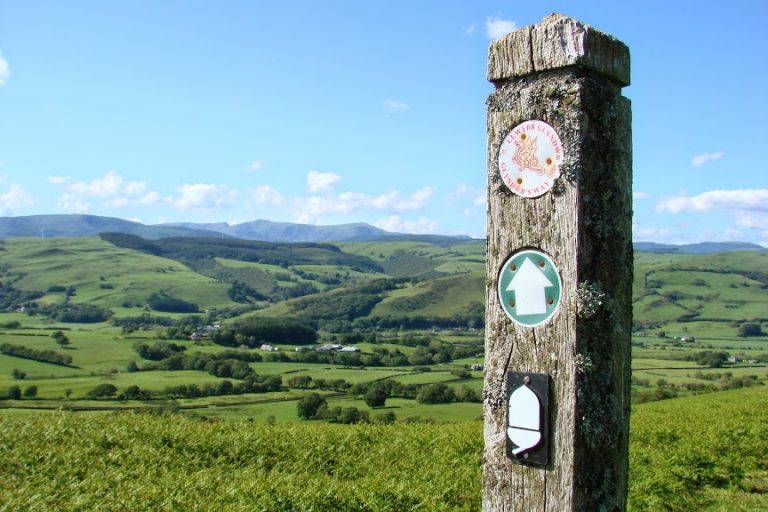The West Highland Way is one of the UK’s most popular trek running from the edges of Glasgow, along the banks of Loch Lomond (the bonnie ones), into the Highlands and then on to Fort William. Here’s Athena Mellor’s account of her solo journey along it.
There was a distinct ruffling of leaves coming from somewhere over my right-hand shoulder and seconds later my waterproof coat, which I’d hung outside my tent to dry, fell mysteriously to the ground. Minutes earlier, I had heard the creaky opening and closing of a gate on the West Highland Way, just 50ft from where I had decided to pitch. My heart hammered out of my chest as I considered who could be lurking outside. At that moment, a bright glow lit up the green wall of my tent and I sat stark upright attempting to control my breathing. Then I slowly unzipped the door and nervously peered into the direction of the light. There, I saw a full moon suspended in the sky, just peeping between two pines and beaming into the forest clearing where I was camped.
It was not what I had expected to see; the sight was breathtakingly beautiful.

It was my first ever solo wild camp and I was a little on edge. I had walked 12 miles since 2pm that day until I could barely walk anymore due to fading light and energy, and I’d flung my big backpack down at the first moment possible without giving much thought as to whether or not the area was suitable.
Though I failed to sleep a wink all night, my first night on the West Highland Way showed me the true wildness of Scotland and I was already infatuated by it.
West Highland Way: The Lure of the Wild Lands
I don’t remember what made me want to walk the West Highland Way, all I can tell you is that it became a fixation. Perhaps it all began after reading and watching ‘WILD’ and making an oath to myself to complete the Pacific Crest Trail one day; this 96-mile long-distance hike in the Scottish Highlands – from Milngavie to Fort William – seemed like a good way to dip my feet into long-distance walking. Or maybe it was because the mundaneness of city life had me restless, and after previously spending four months cycling around New Zealand, a month on the road in the Pacific Northwest and three weeks backpacking around Italy, packing up once again and hitting the trail actually felt like the most natural thing in the world.

